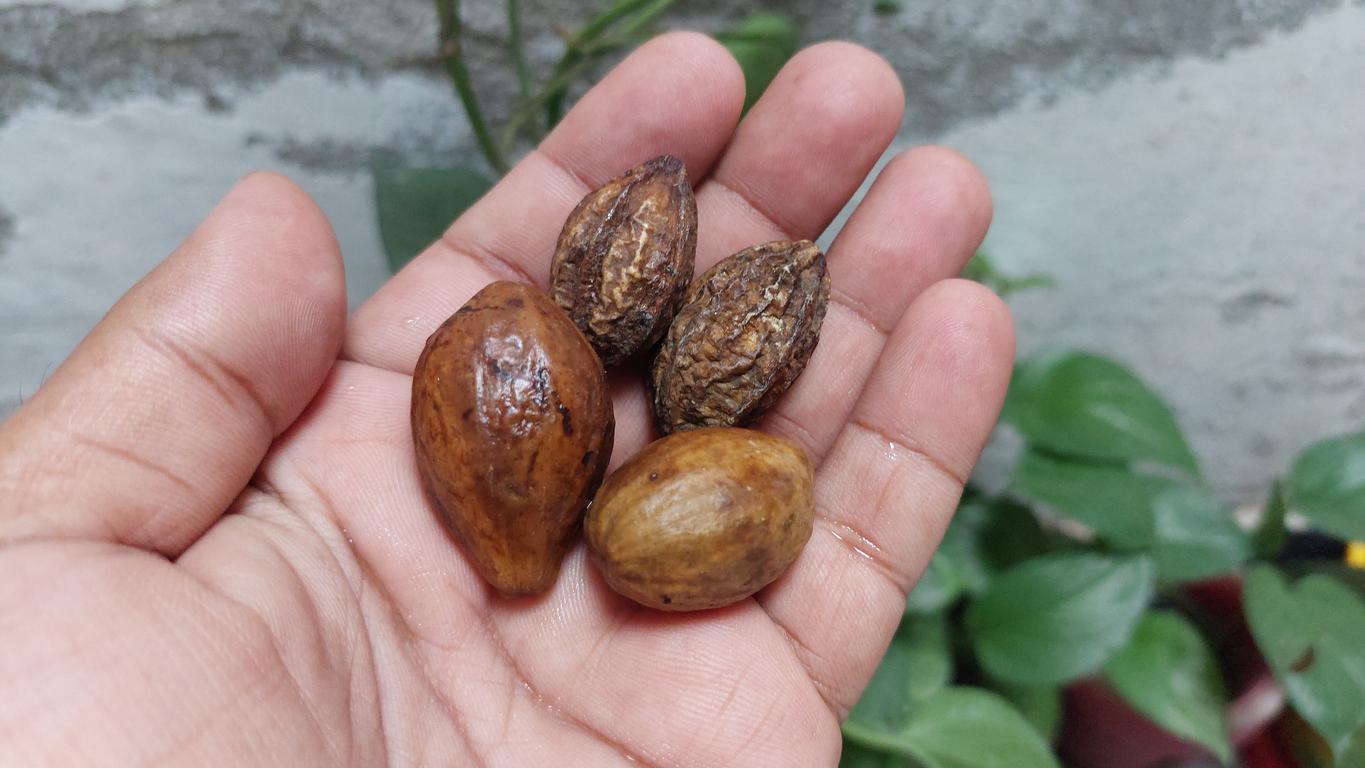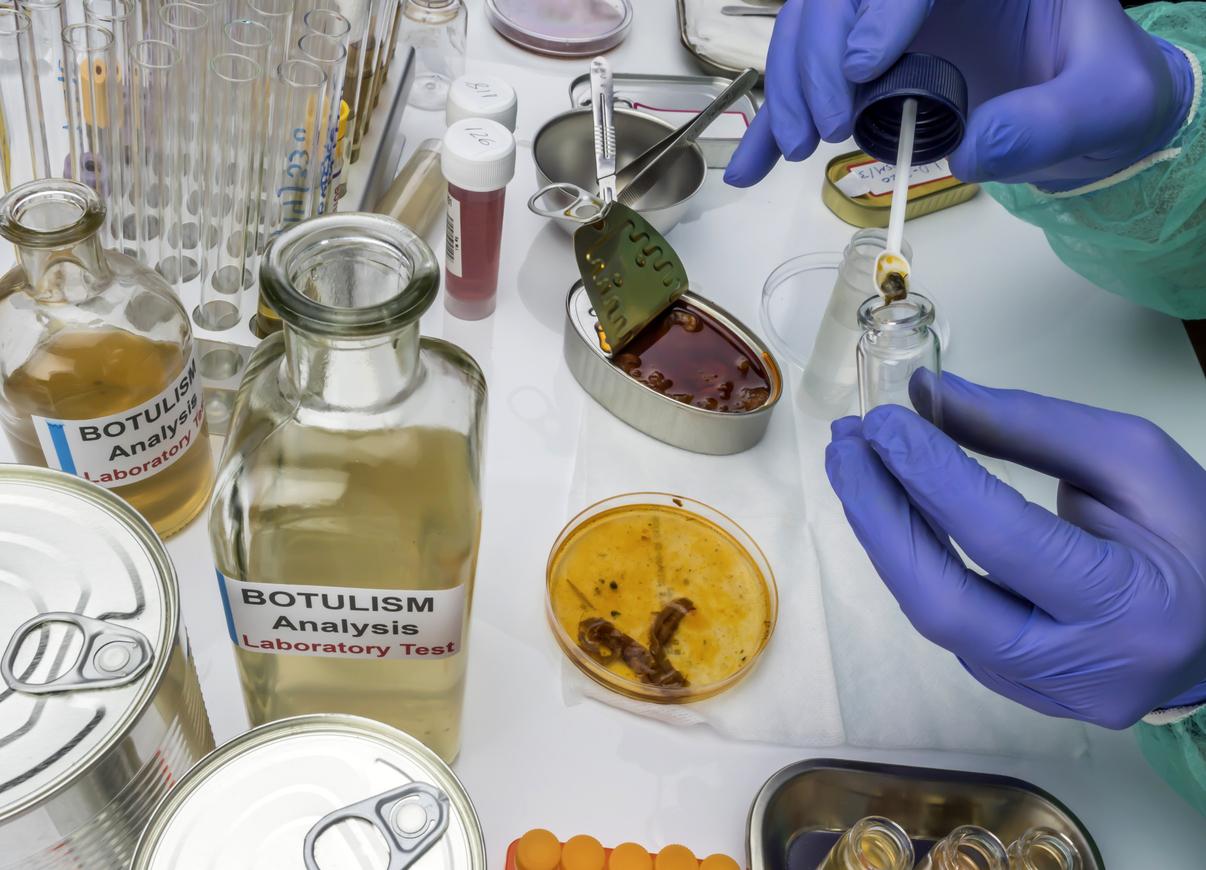Datura, a toxic plant, has been detected in certain batches of buckwheat flour (or “buckwheat”) in Brittany. After ingestion, the manifestations of this poisoning can be serious, even fatal. Some explanations.

- Datura, in the absence of treatment of crops with phytosanitary products, can slip into crops and cause acute poisoning.
- The manifestations are mainly neurological and cardiac. They can lead to death.
- If in doubt, you should call 15 or your doctor depending on the severity of the symptoms.
The ARS of Brittany issued a alert 1er May 2024 following several cases of poisoning occurring after the ingestion of organic buckwheat flour, also called “black wheat”, in the West of France and in particular in Brittany.
The presence of datura, a toxic plant, has in fact been confirmed in certain organic batches from a producer’s farm and sold in stores specializing in organic farming products, in certain grocery stores, on local markets or directly from the producer . A recall procedure concerning “all batches of organic buckwheat flour from the JP Cloteau brand whose durability date (“best before”) is between October 2024 and March 2025 inclusive” has therefore been launched, specified the Ministries of Health and Agriculture in a joint press release. But what are the signs of acute poisoning? What should we be vigilant about?
An ordinary but toxic or even lethal plant
Datura is a relatively common herbaceous plant that grows in fields. But despite its pretty bell-shaped flowers, it has major hallucinogenic properties due to the powerful alkaloid it contains. It is also known asdevil’s weed or even witch’s weed.
Datura contains alkaloids (atropine and scopolamine) which explain these so-called “anticholinergic” or “atropinic” effects on the neurological system which occur approximately 1 hour after its ingestion and last from 8 to 48 hours when there are no complications. . If the intoxication is moderate, the manifestations can last up to 8 to 12 hours after absorption. And in case of severe poisoning, the symptoms persist for 2 to 3 days.
High-risk events
The main symptoms after its absorption are due to damage to the central nervous system, eye, heart and secretions.
Often used in the context of festive use, the manifestations sought are waking dream sensations, auditory, visual or tactile hallucinations (feeling of sinking into the ground, changes in colors, etc.), loss of spatial cues. temporal or insensitivity to pain.
But more serious side effects can occur such as increased heart rate, loss of salivary, gastric or digestive secretions, dryness of the skin, facial redness, nervous tics, confusion, loss of balance, dilation of the eyelids, blurred vision, retention of urine, dilation of the bronchi, etc.
Other even more harmful manifestations may appear: aggression, hyperexcitability, visual disturbances for several weeks, convulsions, irrational behavior with a risk of injury, psychiatric disorders (anxiety, morbid hallucinations, panic attacks).
And in the event of a major overdose, possible from the first dose, the outcome can be fatal with a coma or death from respiratory distress or cardiac arrest.

Unintentional contamination of organic crops
It is during the harvesting and sieving of organically grown buckwheat seeds that datura, which has the same development cycle, can accidentally slip in. The absence of chemical weeding using phytosanitary products has something to do with it.
Buckwheat is in fact widely used in the preparation of bread, pancakes, pancakes, cakes, etc. And very small quantities are enough to trigger acute poisoning.
In the event of the appearance of symptoms which raise the suspicion of contamination (dry mouth, dilated pupils, visual disturbances, tachycardia, agitation, confusion, spatio-temporal disorientation, hallucinations, incoherent speech, balance disorders, etc.), It is strongly recommended to call 15 or your doctor indicating recent consumption of buckwheat flour. Hospital treatment is generally necessary.

















